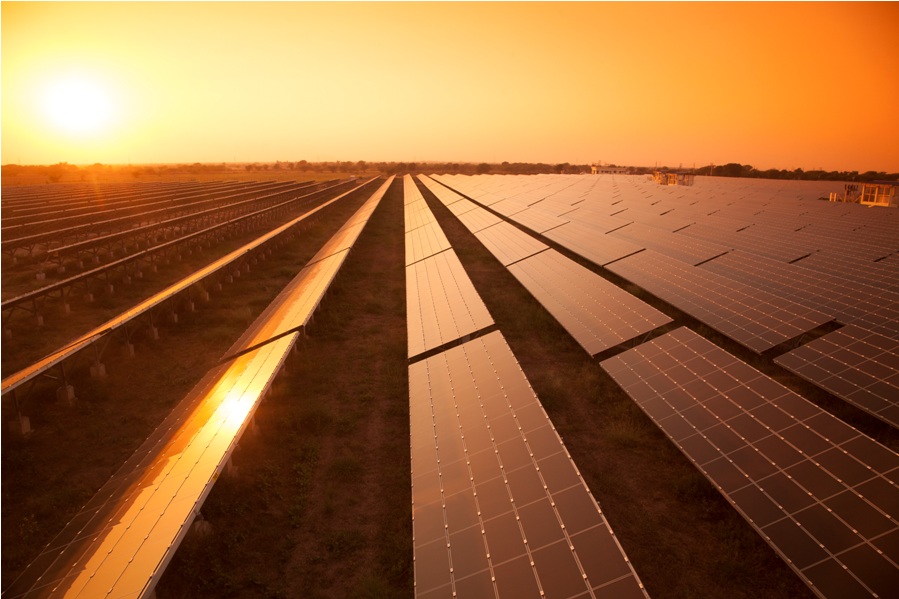It was informed in a recent power ministry-related committee meeting that over 2,000 ckm of interstate transmission system (ISTS) lines have been commissioned so far, for evacuation of electricity from upcoming renewable energy (RE) zones, aggregating 66.5 GW.
A meeting of the Parliamentary Consultative Committee attached to the ministry of power, held on December 10, 2021, was chaired by Krishan Pal Gurjar, Minister of State for Power and Heavy Industries. The subject of the meeting was “Reforms by Ministry of Power for promoting renewable energy”.
It was informed in the meeting that a total of 13,500 ckm of ISTS transmission lines have been planned for evacuation of electricity from 66.5 GW of RE zones. Out of this, about 2,100 ckm have been commissioned so far.
It may be recalled that in 2018, the Union ministry of new & renewable energy (MNRE) had constituted a sub-committee to identify ISTS connectivity for RE zones aggregating 66.5 GW of capacity, which included solar energy zones of 50 GW and wind energy zones of 16.5 GW. Of the total 66.5 GW, 18.5 GW (solar: 10 GW, wind 8.5 GW) is to be developed in the southern region.
A general update was provided in the meeting that highlighted India’s efforts in building RE capacity and associated transmission infrastructure. Some measures currently underway, to this effect, include:
- Development of Renewable Energy Management Centre (REMC) for RE integration, strengthening and augmentation of inter-state transmission system
- Green Energy Corridor (GEC) Project for seamless transfer of RE in the grid
- IntraState Transmission System (InSTS) allocated by state transmission utilities via competitive bidding process
- Green Energy Corridor (GEC-II), costing Rs.4,300 crore, for ISTS network for RE zones like Ananthapur (1,500 mw), Pavagada (2,000 mw), Rewa (750 mw), Bhadla-III (500 mw), Bhadla-IV (250 mw), Essel (750 mw), Banaskantha (700 mw)
- Notification of “Electricity (Transmission System Planning, Development and Recovery of lnter-State Transmission Charges) Rules, 2021,” to make the process easy
Also read: Waiver Of ISTS Charges On Renewable Energy To Be Phased Out
CoP commitments
India’s power generation capacity based on non-fossil fuels currently stands at 157 GW, accounting for 40 per cent of the country’s total installed power generation capacity. Of this 157 GW, around 150 GW is from renewable sources (including hydropower), while the remaining is from nuclear power plants (which are considered non-fossil fuel based). At the recently-concluded CoP26, India pledged to have 50 per cent of its installed power generation capacity based on non-fossil fuels, by 2030. It may be mentioned that during CoP21, India had pledged to attain a share of 30 per cent, on the above lines, by 2030. This was achieved in November 2021 itself.
(Featured photograph (source: Fortum) is for representation only)

